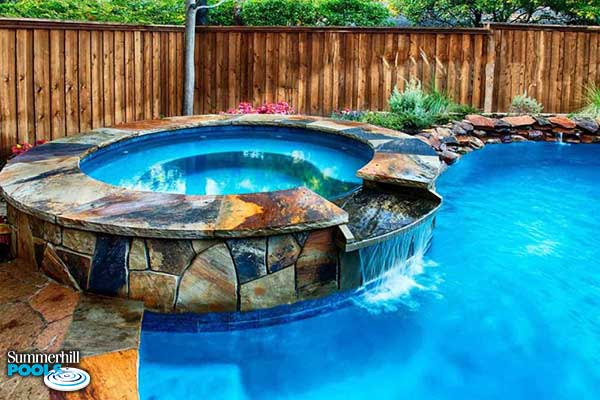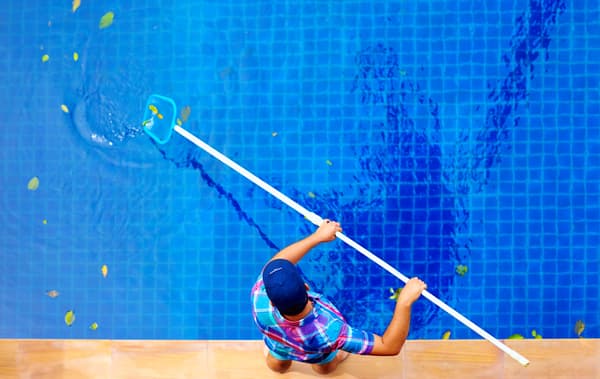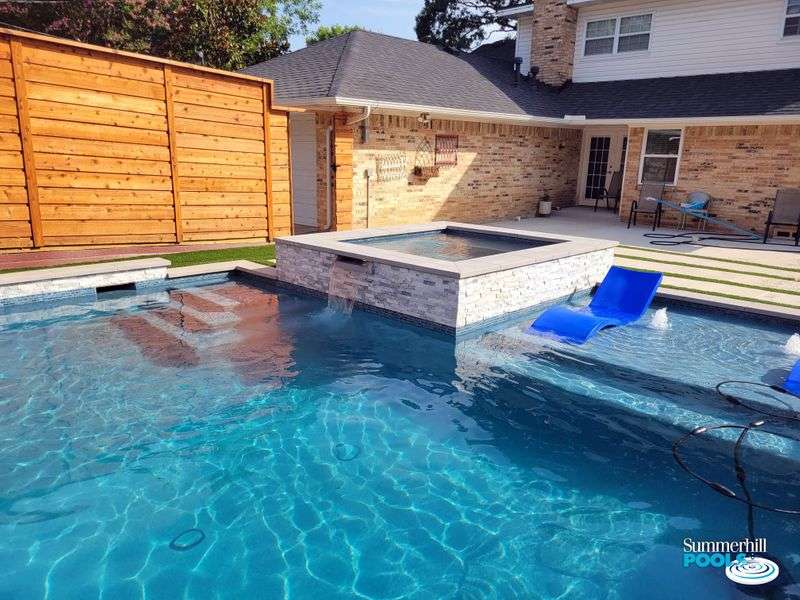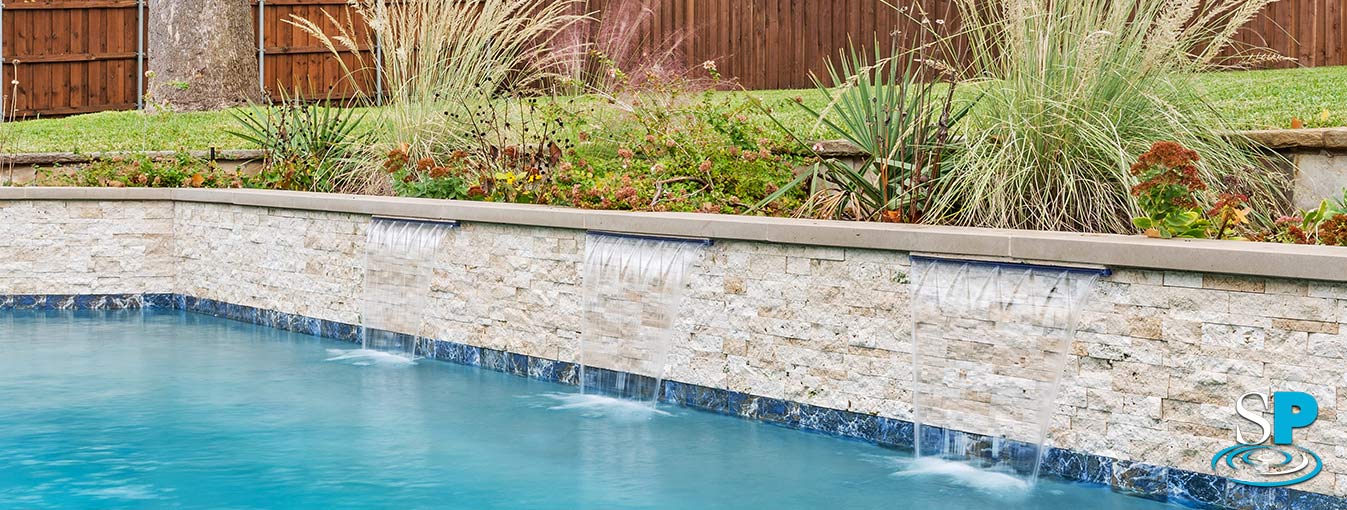 Pool algae is a persistent pest that can be quite difficult to get rid of. If you want to tackle the task of clearing it out yourself, it will be a long process that requires vacuuming, brushing, balancing, and shocking your pool. To ensure that your pool is completely cleaned and that the algae doesn’t return, here is how to clear algae out of your pool:
Pool algae is a persistent pest that can be quite difficult to get rid of. If you want to tackle the task of clearing it out yourself, it will be a long process that requires vacuuming, brushing, balancing, and shocking your pool. To ensure that your pool is completely cleaned and that the algae doesn’t return, here is how to clear algae out of your pool:
1. Vacuum your Swimming Pool
A lot of pool owners now use automatic or robotic pool vacuums. While these vacuums help make pool maintenance easier, they don’t handle algae very well. It’s recommended that you use a manual vacuum cleaner when cleaning algae out of your swimming pool
The first area of the pool you want to focus on is the skimmer port. Vacuuming this area will prevent recirculation of the contaminated water. Once you get the algae out of the skimmer port, you can move onto the walls and floors of your pool. Pay particular attention to any shady spots as this is where a majority of your algae is going to be located.
2. Brush Your Pool
Once you have finished vacuuming, you’ll need to give your pool a good brushing with a stiff pool brush. This will help dislodge any stubborn algae hanging onto the walls, steps, and floor of your pool.
Start with the corners and shady areas of your pool, as algae is generally the worst in these areas. Keep in mind that any sediment that comes off the walls and floors of your pool will make the water extremely cloudy, lowering visibility. If you need to, take small breaks during the brushing phase to allow the sediment to settle at the bottom before continuing.
3. Test and Balance the Pool Water
For this step, you will need test strips, a digital kit, or a liquid kit to test the alkalinity and pH levels of your pool. Taking the time to balance the water chemistry helps ensure that the cleaning agent will be effective against the algae. A high pH or low alkalinity will prevent the sanitizer and pool shock from doing their jobs correctly.
4. Shock Treatment
Once your water chemistry is balanced, you can move onto the algae-killing phase. A shock treatment will ensure that any remaining algae in the pool is eliminated. Make sure that you are using a calcium hypochlorite shock, as using a chlorine-based shock will have no effect on the algae. It is extremely important that you follow the packaging instructions to ensure that you use the proper dose for your pool and the type of algae.
It’s a good idea to place your cleaning equipment in the shallow end of the pool while you shock; the shock treatment will sanitize the tools and reduce the risk of future contamination.
5. Filter Out the Dirty Water
A successful shock treatment will leave your water with a cloudy blue color. The next step will be to run the filter continuously for 8 hours to allow the water to clear up. You can add a pool water clarifier to help speed up the process. Just remember to check to see if you need to top off your water before turning on the pump to prevent unnecessary wear and tear on your pump and filter.
6. Test the Water Again
You’ll want to test the water chemistry once more to ensure that everything is back to normal. Do not allow anyone to get into the pool before this step is done.
7. Clean Your Pool Filter
The final step of the cleaning process is to extensively clean out your filter to help prevent recontamination. If you have a cartridge filter, the best way to clean it is to soak it in diluted muriatic acid – although it may be better to replace the filter entirely.
Algae may be a pain, but it’s not impossible to get rid of. If you’d like to hire a professional pool maintenance company to clear pool algae out for you, contact Summerhill Pools. Our team of swimming experts can help you keep your pool ready for swimming all summer long.



